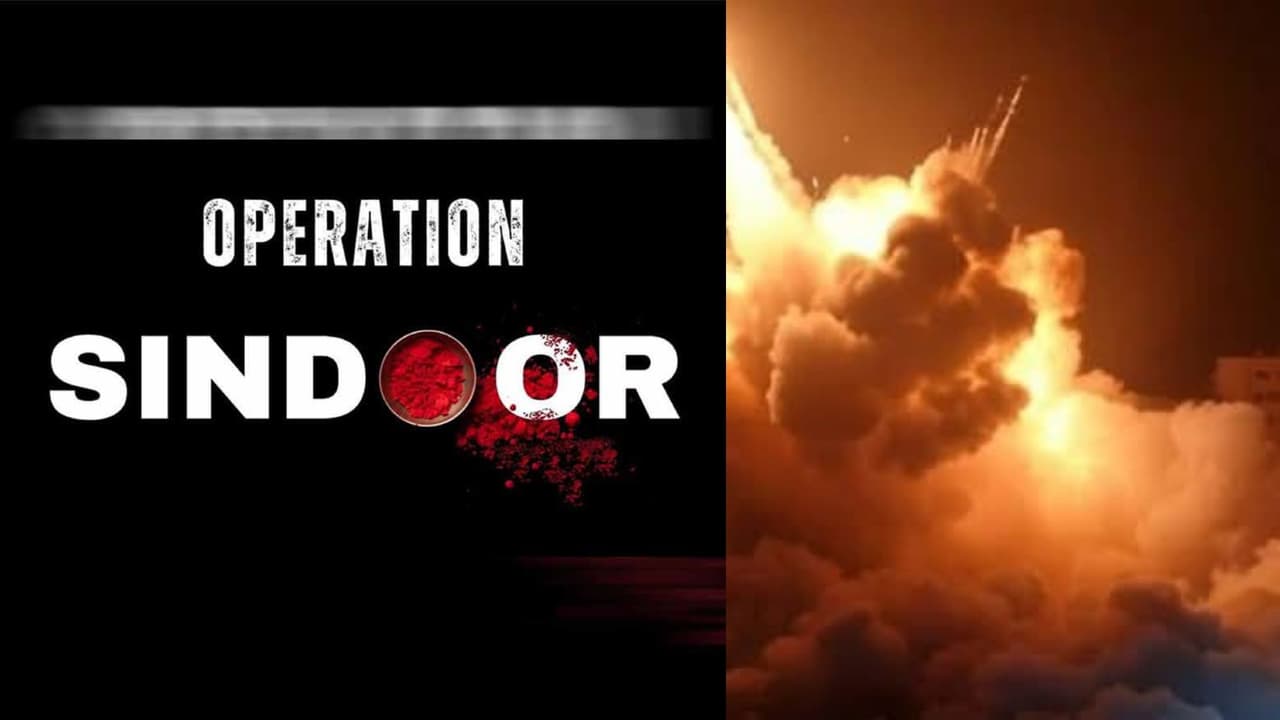IAF Chief Amar Preet Singh revealed that India destroyed at least five Pakistani fighter jets, F-16s and JF-17s, during Operation Sindoor. The strikes damaged radars, runways, hangars, command centres, a SAM system, and a C-130 class aircraft.
Indian Air Force Chief, Air Chief Marshal Amar Preet Singh, on Friday revealed that four to five Pakistani fighter jets, most likely F-16s, were destroyed on the ground during India’s Operation Sindoor air strikes. The strikes were launched in retaliation for the Pahalgam terror attack. He said India’s precise strikes targeted multiple Pakistani airfields, damaging radars at four locations, command and control centres at two sites, and runways at two airbases. Three hangars across different stations were also hit.
Singh further disclosed that evidence confirmed the destruction of at least one C-130 class aircraft, one surface-to-air missile (SAM) system, and a long-range platform, either an AEW&C or SIGINT aircraft. Most significantly, India’s systems indicated that at least five fighter jets, which is likely the US-made F-16s and China’s JF-17s, were neutralised during the operation, including aircraft under maintenance.
Scroll to load tweet…
Pakistan’s claims are just ‘Manohar Kahaniyan’: IAF Chief
Indian Air Force Chief, Air Chief Marshal Amar Preet Singh, dismissed Pakistan’s claims of having shot down IAF aircraft during Operation Sindoor, calling them nothing more than “Manohar Kahaniyan” (fictional tales). Addressing a press conference in Delhi, Singh said Pakistan was spinning stories to save face before its domestic audience. “If they think they shot down 15 of my jets, let them believe it. I hope they are convinced and will deduct those aircraft from my fleet strength the next time they fight us,” he remarked sarcastically. He stressed that unlike India, which released clear photographic evidence of strikes on Pakistani bases, Islamabad had failed to show even a single image of damage to Indian airfields or hangars. Singh underlined that Pakistan’s narrative had no credibility and was crafted only to maintain its reputation, whereas India’s operations were backed by proof and precision.
Scroll to load tweet…
Key Pakistani assets destroyed
Singh said the IAF targeted several airbases across Pakistan, inflicting heavy damage. Radars at four locations, command and control centres at two sites, and runways at two airfields were hit. Three aircraft hangars were also destroyed.
He added that a C-130-class transport aircraft was struck, along with one surface-to-air missile (SAM) system. India also has evidence of destroying a high-value long-range platform, either an airborne early warning and control (AEW&C) aircraft or a signals intelligence (SIGINT) aircraft.
Longest missile atrike in IAF history
The Air Chief highlighted the role of India’s recently acquired long-range SAMs, which were operationalised just before the conflict. These systems not only defended Indian airspace but also prevented Pakistan from freely operating within its own territory.
He confirmed that during the operation, India achieved its longest successful missile strike of over 300 kilometres, which he described as a “historic achievement” that seriously curtailed Pakistan’s actions.
Swift and clear-cut operation
Air Chief Marshal Singh stressed that Operation Sindoor was planned and executed with a clear goal. The operation ended quickly after India’s objectives were achieved, unlike other ongoing wars across the world.
“A clear directive and mandate were given to the Indian Armed Forces. This war was started with a very clear objective and was terminated in a short time without being prolonged,” he said.
Singh added that the strikes forced Pakistan to seek a ceasefire. “We made them reach a stage where they asked for termination of hostilities. As a nation, we also decided to end the conflict once our goals were met. This is something the world needs to learn from us,” he noted.
Operation Sindoor was launched on May 7 in retaliation for the April 22 Pahalgam terror attack. The mission involved deep strikes up to 300 km inside Pakistani territory, destroying terror camps and high-value military assets.
